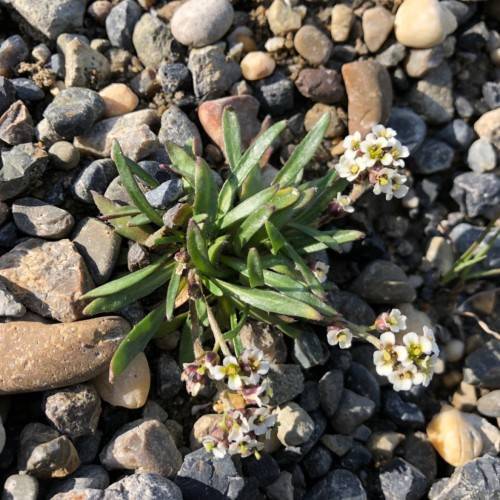
Purple Braya
Braya purpurascens
Watering:
Average
Hardiness Zone:
Flowers:
Flowers In Summer
Sun:
Sun
Growth Rate:
Low
Drought Tolerant:
Yes
Salt Tolerant:
Yes
Thorny:
Yes
Care Level:
Medium
watering
Long's Braya prefers even and consistent soil moisture, and should be watered regularly. During the growing season, it should be watered once a week, or when the soil appears to be dry. During its dormant season (late autumn to early spring), water should be reduced to once a month. It is important to avoid overwatering during this time. Furthermore, Long's Braya should only be watered with room temperature water, as this plant is frost-tender and is sensitive to fluctuations in temperature.
sunlight
Long's Braya, a native plant species to North America, typically receives sunlight for 6 to 8 hours each day. During the peak summer months, its flowers may need up to 12 hours of direct sunlight. It is best to ensure that the plant gets early morning sun and late afternoon sun rather than midday sun. The plant should also receive partial shade, with more shade being provided during the summer months. Avoid placing Long's Braya in a position that receives more than 12 hours of sunlight as this can damage the plant and result in sunburn. With appropriate care and maintenance, Long's Braya will continue to thrive for a long time.
pruning
Long's Braya should be pruned in early spring or late fall, when the plant is dormant. The amount that should be pruned depends on the desired shape and size of the plant. Pruning should occur before the first flowering period, and should involve removing any dead, diseased, or broken branches. Avoid pruning too severely, as this can damage the plant. For general maintenance purposes, it is best to remove no more than 10% of the plant’s foliage on any given pruning session.
